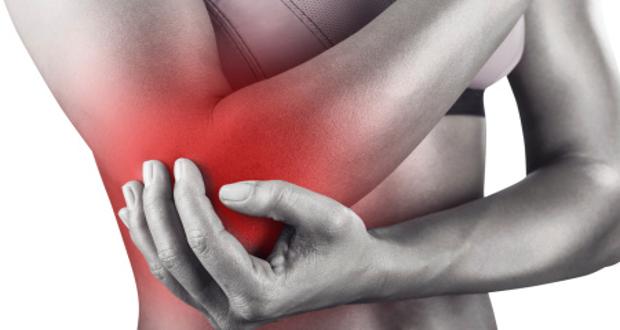By: Joshua J Stone, MA, ATC, NASM-CPT, CES, PES
There are more than 100 different conditions that are collectively referred to as arthritis and rheumatism. It is the most common chronic condition in older adults. The two most common forms of arthritis include osteoarthritis and rheumatoid arthritis.
Osteoarthritis is characterized by the gradual deterioration of cartilage and bone within a joint (1). It is most commonly seen in joints that are load-bearing or highly mobile such as the fingers, hips, knees, lower back, and feet. Healthy cartilage is able to function much like a sponge as it absorbs and releases synovial fluid as the joint experiences movement and pressure. Following bouts of inflammation there is eventual loss of more cartilage. Bones do not respond well to direct contact and will result in exotosis, or bone spurs, which can further damage the structures of the joint. The most common symptoms in affected joints include pain, inflammation, reduced range of motion, and grinding sensations upon movement.
There is no cure for osteoarthritis and since pain is alleviated with rest, many of those afflicted tend to avoid regular exercise for fear of pain. A recent study on aerobic and resistance exercise shows that older adults who exercise are effectively able to relieve arthritic pain and improve joint function (2, 3).
Rheumatoid arthritis affects approximately 1% of Americans. It is an autoimmune disease characterized by the body’s own immune system attacking its joint structures, including cartilage, ligaments, and bone. Rheumatoid arthritis is a systemic condition characterized by periods of activity and remission where affected joints are painful and swollen in addition to whole body symptoms of fever and malaise.
Things to avoid:
- Rheumatoid arthritis results in early morning stiffness so avoid early morning exercise
- Avoid end ranges of motion
- Extreme cases may require may only allow client to work in a small mid-range of motion only
- Make sure clients can distinguish between exertion in the muscles and pain in the joints.
- If any movement causes moderate pain in a joint, stop immediately and modify or regress
- Always move joints through a slow and controlled range of motion and avoid fast or jerky movements.
- Progress client very slowly
Training tips and suggestions:
- Exercise sessions should be relatively short and of low to moderate intensity.
- Use circuit training (to give body parts a rest)
- Multiple sessions of using various cardio equipment (mix-it up)
- Flexibility:
- SMR might be painful, but try it (if tolerated) and static stretching as tolerated (avoid end ROM)
- Resistance:
- 1–3 sets of 10–12 repetitions 2–3 days per week
- May use a circuit or PHA training system
- Avoid high reps or high loads
- Use thera-bands or cuffs when possible to avoid gripping
- It is normal for severe cases to only tolerate 8-10 minutes trainings sessions to start.
- Consider utilizing a circuit training design (for resistance and cardio training) to maximize the use of time and provide adequate recovery for affected joint structures.
- Emphasize the development of functional flexibility and eccentric control through simple reactive training exercises. Soft tissue structures will improve their ability to absorb ground reaction forces and reduce the transduction of force to damaged joint structures.
- Again avoid extreme ranges of motion
- Warm water aquatics exercise may be the best environment for clients with severe arthritis.
– See more at: http://blog.nasm.org/senior-fitness/what-a-pain-in-the-joint-training-guidelines-for-arthritic-clients/#more-137

